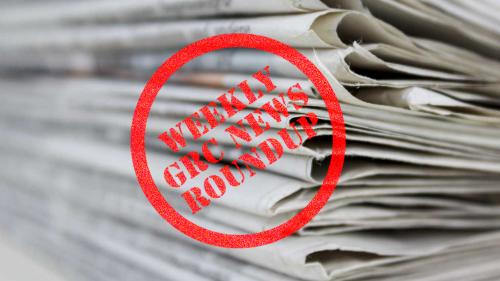Littler Mendelson suggests proactive efforts such as a review of confidentiality pacts and a wage and hour audit
Employers are increasingly troubled by actions by federal agencies such as the Department of Labor and the Equal Employment Opportunity Commission that they see as raising the potential for whistleblower reports, according to the third annual Executive Employer Survey released recently by Littler Mendelson. More than half of the survey’s respondents expressed concern about federal agencies’ actions, while a similar percentage of respondents said they’re proactively addressing whistleblowing in their companies.
Employers should expect whistleblowing to rise substantially in the years ahead due to the incentive provided by the SEC’s bounty program and the attendant publicity and because the number of employees protected by the whistleblower provision of Sarbanes-Oxley has expanded dramatically thanks to the Supreme Court’s Lawson decision, says Gregory Keating, co-chair of Littler’s whistleblowing and retaliation practice. Employers should also be concerned that new wage and hour rules may reflect the Department of Labor’s seeming anti-employer bias added Michael Lotito, co-chair of Littler’s Workplace Policy Institute.
Although the survey addresses other workplace issues as well, those are two focal areas for Keating and Lotito.
Beyond the expanded base of covered employees and the SEC bounty program, Keating wants employers to be aware of a third area of whistleblower risk exposure for employers. Regulators have started focusing on confidentiality agreements, whether signed at hiring or as part of a separation agreement, as potentially retaliatory because their overly broad provisions can deter whistleblowing. For all three reasons, and despite the fact that 56 percent of respondents said they’re taking a proactive stance, Keating says he doesn’t believe companies are concerned enough about whistleblowing.
He advises employers take three proactive steps, starting with training for the entire company, from the board of directors and senior executives to every lower level manager in the field. ‘Over 85 percent of whistleblower complaints are not made to a hotline or through a website. They are made to a person, to a supervisor,’ Keating says. When the complaint is made, that supervisor needs to have been trained to recognize what’s happening and to know what to do with the complaint.
Second, companies should take ‘a wholesale look at their incident management systems,’ he says. A well designed system enables the human resources, legal and compliance departments to coordinate effectively. Lastly, management needs to review and revise existing anti-retaliation and whistleblower policies and codes of conduct, and to make it clear ‘in every environment, big or small, that we welcome good faith complaints and will not retaliate for them. This should include a review of the company’s confidentiality agreements, he adds.
Fifty-six percent of respondents voiced concerns about rulemaking and enhanced enforcement arising from President Obama’s focus on using agencies such as the DOL and EEOC to effect changes in workplace policy. ’I’ve been practicing for four decades and I’ve never seen such aggressiveness on behalf of the regulators in pursuing claims against management,’ says Lotito. He cites the book The fissured workplace: why work became so bad for so many and what can be done to improve it, by Dr David Weil, the new administrator of the DOL’s wage and hour division, whose thesis is that companies, through franchising and outsourcing, have been able to unfairly avoid liability. Weil’s book explains why enforcement actions now begin with ‘mapping’ a company to identify franchisees and contractors and including them in an investigation. Lotito sees Weil’s aim as finding a joint employment relationship so that multiple employers are liable to the employee. Not only does that drive up costs and complexity for employers, Lotito says, but it also ‘upsets established or traditional business relationships and creates liability where there never was any before.’
Lotito sees regulators focusing on the bad behavior of a very few outliers and unfairly projecting that onto thousands of other businesses.
Given the regulatory climate, Lotito says employers are right to be very concerned about the new overtime rules that Labor Secretary Tom Perez will soon propose. If the new rule is similar to one that California passed, which stipulates workers must be at least 50.1 percent engaged in exempt duties to be deemed exempt from overtime pay, and if Perez raises the salary threshold to $45,000 or $50,000, 'it’s going to have a profound impact on unit labor costs and management’s ability to structure their operations,’ Lotito says.
He also urges employers to see the overtime rule as not only a labor problem, but a business problem. Beyond the liability potential, the negative publicity attached to such claims and settlements can take a substantial toll on a company’s brand. Lotito recommends that employers do a wage and hour audit to ensure the company’s compliance with wage and hour law at the federal, state and local levels. He also suggests companies speak up as part of the regulatory process, or to at least make sure their trade association advocates on their behalf.
Lotito further advises that a company designate someone in the C-suite to monitor these developments and ensure the company’s perspective is voiced and top management is kept informed. For example, with a new exempt status test coming in 2015 and with firms already starting their budgeting process for 2015, somebody needs to consider the likely outcome of the overtime rule and how that will affect the company’s budget.








